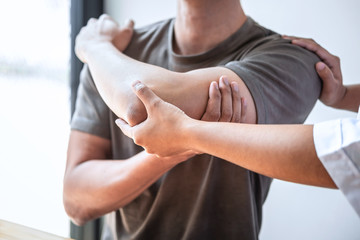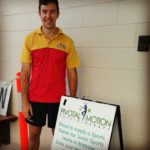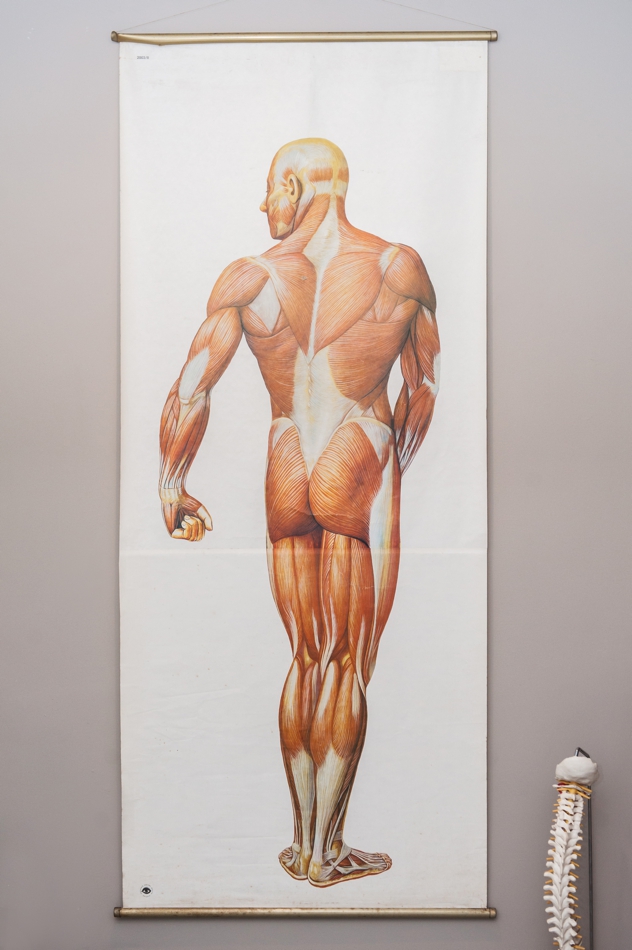
How Physios explain soft tissue injuries and initial management
This blog aims to explain soft tissue injuries and the current sports medicine practices for acute and long term management of injuries.
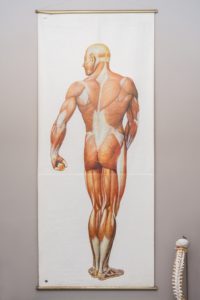
Furthermore we explore the research behind some new and upcoming therapeutic techniques, which are increasing in popularity within the sports medicine and body management fields. Physiotherapy can assist with the recovery of soft tissue injuries. However, how one manages the first 24-48 hours is important.
What physios mean by the term soft tissue?
The term ‘soft tissue’ refers to the different types of tissue which connect, support and surround our bones and organs. Types of soft tissue include skeletal muscle and their connecting tendons, ligaments, fascia, blood vessels, nerves, fat and fibrous tissue and synovial membranes.
Whilst it is natural for these structures to undergo physiological injury through stimulation and activation (e.g. micro-tearing of muscle fibres from resistance training). These structures are highly susceptible to larger damage resulting from acute and unmanageable situations.
Examples of this include;
- The tissue is stretched beyond its normal range of motion (ROM).
- The tissue is overloaded with more force than it can withstand.
- If a tissue experiences unexpected trauma directly to its site.
Due to the mechanistic underpinnings of damage and soft tissue making up a large majority of our body composition. Soft tissue injuries account for a large majority of acute injuries in both clinical and sporting settings. Furthermore, tissue can be damaged in several different ways.
Acute forms of soft tissue injury include:
- Strain/Tear: Overstretching or fast contraction of muscle fibres resulting in a larger than normal tearing of muscle fibres which can result in a tearing and separation of fibres in the muscle belly. The muscle tendon can also react to this and can rupture or completely tear depending on the severity.
- Sprain: Occur predominantly at the joint level. If a joint and its connective tissues e.g. ligaments are stretched beyond their normal range of motion (ROM), they can be strained. This will result in the joint and ligaments increasing in laxity (see below).
- Bruising: A direct blow to the site of soft tissue may result in bruising. This bruising will appear on the surface as discolouration, but beneath the skin, there is bleeding into the soft tissue which is called a haematoma.
How do we manage Acute Soft Tissue Injuries?
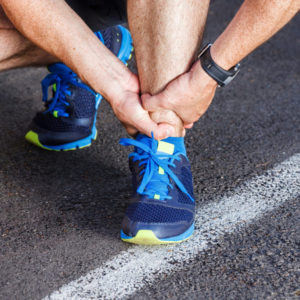 There are a couple of simple acronyms developed for the management of soft tissue injuries.
There are a couple of simple acronyms developed for the management of soft tissue injuries.
The RICER protocol is designed to be implemented immediately post- soft tissue injury, and is suggested to be followed for at least 72 hours. RICER stands for:
- REST: Resting the injured soft tissue to allow for natural physiological healing processes to begin. Resting will also lower the risk of further damage.
- ICE: Applying ice to the site of injured tissue aims to reduce the bodies natural swelling. Leading to an inflammatory response to injury. This occurs through the vasoconstriction of surrounding blood vessels in response to the freezing stimulus. Furthermore, the numbing effect can be an effective short-term solution to minimising local pain caused by the injury.
- COMPRESSION: Compressing the site of injury also aims to reduce swelling to the injured tissue and to prevent excessive inflammation. Compression can be achieved through specific compressive braces or by wearing tight compression clothing e.g. skins.
- ELEVATION: Elevation is recommended in the attempt to use the assistance of gravity to drain excess fluid away from the site of injury, which will in turn reduce inflammation. It is recommended that the injury is elevated above the level of the heart where possible.
- REFER: This acronym is not enough for the complete management of soft tissue injuries. A person with a soft tissue injury will most likely require further treatment and as such should be referred to the appropriate health professional .
In the acute stages of a soft tissue injury, it is also recommended that HARM is avoided. HARM stands for: Heat, Alcohol, Running and Massage. These four factors all have the potential to effect the initial physiological responses to soft tissue injury, and further increase the severity of injury.
Overuse Injuries
It is important to note that all soft tissue injuries occur in an acute setting, and instead can develop over time. This is what’s referred to as an ‘overuse injury’, whereby the soft tissue is slowly injured, and repetitively injured over a number of bouts without completely recovering.
Often this can be occurring asymptomatically. Meaning the person might not know they are doing any damage, until a point where finally the injury is large enough to cause pain. These injuries may take longer to heal due to their increased severity.
Further Management of Acute Soft Tissue Injuries
Depending on the severity of soft tissue injury, it is more than likely that further management and physio treatment will be required. Majority of injuries can take up to 6 weeks to recover (some longer). However, an effective treatment and rehabilitation program can reduce the recovery period in most cases.
Physiotherapists play a primary role in both hands on treatment and prescribing specific rehabilitation exercises for further self-management. Exercises prescribed generally start at a regressed level, with the expectation to continually improve across the healing and rehabilitation phase.
Pivotal Motion Physiotherapy provides more information on prehabilitation and rehabilitation in more detail here.
What does the Research say?
Due to the high number of soft-tissue injuries which occur, research is always being conducted evaluating the current methods of prevention, management, and treatment of soft-tissue injuries. It is this research which helps to inform our practice to ensure the best, most advanced and efficient treatment of your injuries.
Pivotal Motion Physiotherapy acknowledges Sports Medicine Australia for their information regarding the physio management of soft tissue injuries. For more information, visit the SMA website.
Pivotal Motion has been helping people on Brisbane Northside with all facets of soft tissue injuries with their experienced physiotherapist team!. So call us today on 07 3352 5116, or book our exercise physiotherapy online.

